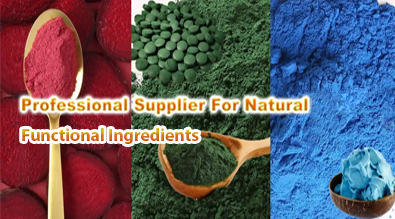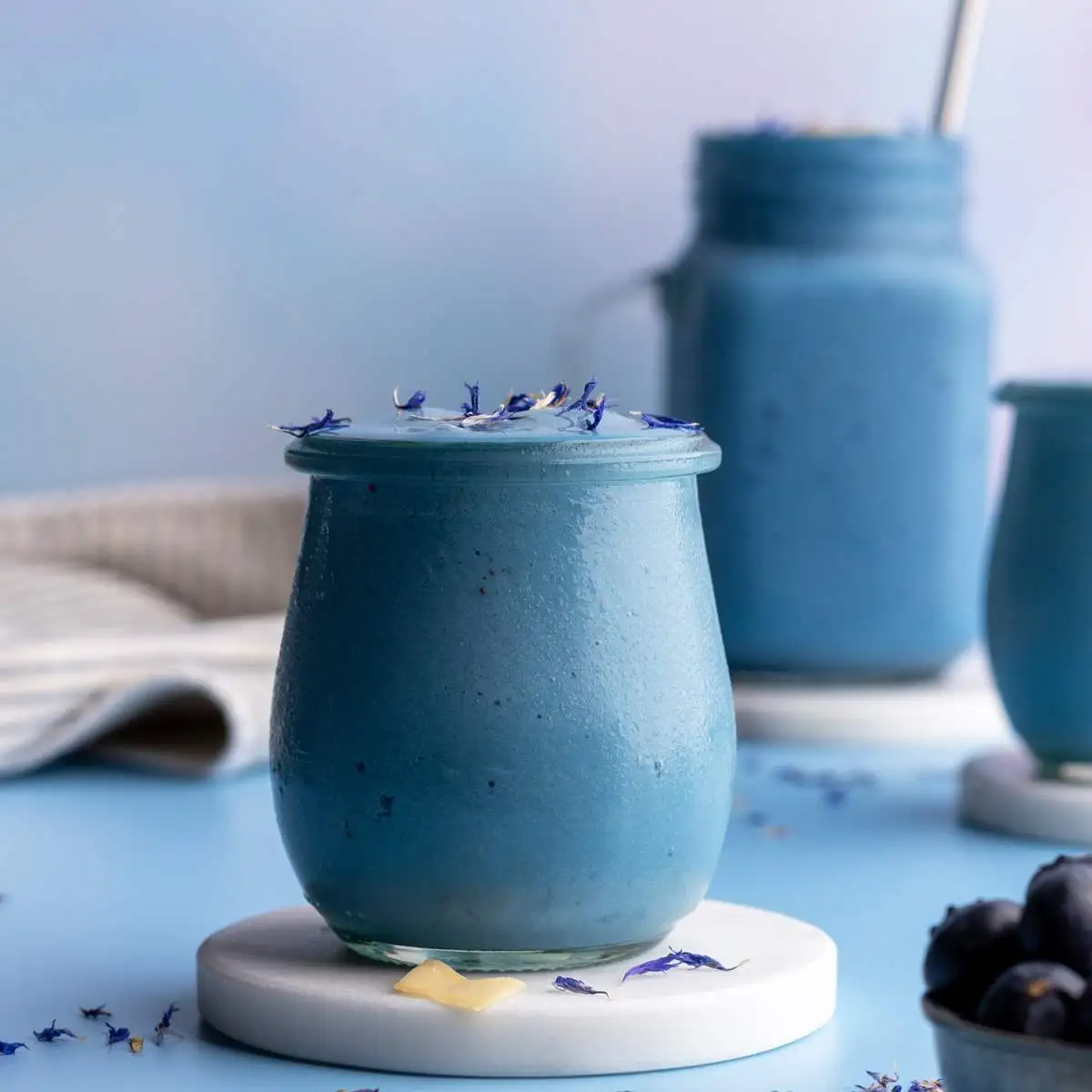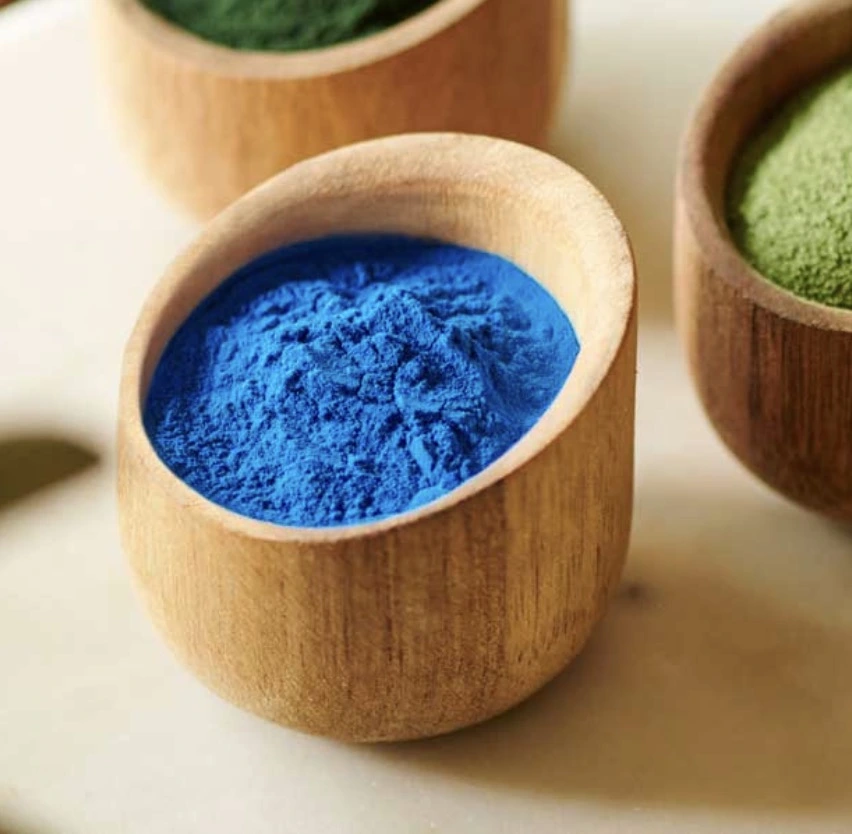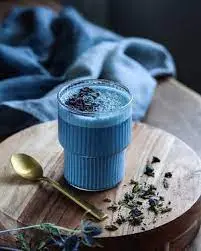How to Store Matcha Powder Properly?
Matcha powder, a vibrant green superfood packed with antioxidants and health benefits, has become increasingly popular in recent years. As a matcha powder manufacturer, we understand the importance of proper storage to maintain its quality and flavor. In this comprehensive guide, we'll explore the best practices for storing matcha powder, ensuring you can enjoy its rich taste and nutritional benefits for an extended period.

Ideal Storage Conditions for Matcha Powder
Temperature Control
Maintaining the right temperature is crucial for preserving the quality of matcha powder. The ideal storage temperature ranges between 32°F to 40°F (0°C to 4°C). This cool environment helps slow down the oxidation process, which can degrade the flavor and nutritional content of the powder. However, it's essential to avoid freezing matcha, as extreme cold can cause condensation when thawed, potentially leading to mold growth.
Humidity Management
Matcha powder is highly susceptible to moisture, which can cause clumping and affect its flavor profile. The optimal relative humidity for storing matcha is between 40% to 50%. Higher humidity levels can lead to mold growth, while lower levels may cause the powder to become too dry and lose its vibrant color. Using a dehumidifier in your storage area can help maintain the ideal humidity level and protect your matcha powder from moisture-related issues.
Air Circulation
Proper air circulation is essential for maintaining the freshness of matcha powder. However, it's important to strike a balance between adequate ventilation and protection from external contaminants. Store your matcha in a well-ventilated area, but avoid placing it near strong odors or in areas with high air pollution. This will help preserve its delicate flavor profile and prevent it from absorbing unwanted aromas.

Protecting Matcha Powder from Moisture and Light
Airtight Containers
Choosing the right container is paramount when it comes to storing matcha powder. Opt for airtight containers made of materials that won't react with the powder, such as glass or food-grade stainless steel. These containers help create a barrier against moisture and air, two elements that can significantly impact the quality of your matcha. Avoid using plastic containers, as they may absorb odors and potentially leach chemicals into the powder.
Light-Blocking Packaging
Exposure to light, especially direct sunlight, can cause matcha powder to lose its vibrant green color and degrade its nutritional properties. To combat this, store your matcha in opaque or dark-colored containers that block out light. If you prefer transparent containers for easy identification, consider wrapping them in aluminum foil or storing them in a dark cupboard to minimize light exposure.
Vacuum-Sealed Options
For long-term storage or bulk quantities, vacuum-sealed packaging can be an excellent choice. This method removes air from the package, creating an oxygen-free environment that helps preserve the freshness and flavor of matcha powder. Many matcha powder manufacturers offer vacuum-sealed options, which can significantly extend the shelf life of the product when stored properly.

Extending Shelf Life of Matcha Powder Effectively
Portioning for Daily Use
To minimize exposure to air and moisture, consider portioning your matcha powder into smaller containers for daily use. This practice allows you to keep the bulk of your matcha sealed and protected while having a convenient amount readily available. When portioning, use clean, dry utensils to prevent introducing moisture or contaminants into the powder.
Refrigeration Techniques
While room temperature storage is generally sufficient, refrigeration can help extend the shelf life of matcha powder, especially in warm or humid climates. If you choose to refrigerate your matcha, ensure it's in an airtight container to prevent condensation. Allow the powder to come to room temperature before opening the container to avoid moisture buildup. It's important to note that frequent temperature changes can affect the quality of matcha, so consistency in storage conditions is key.
Regular Quality Checks
Performing regular quality checks on your stored matcha powder can help you identify any signs of degradation early on. Look for changes in color, aroma, or texture. Fresh matcha should have a vibrant green color and a sweet, grassy aroma. If you notice any off-odors or significant color changes, it may be time to replace your matcha. By staying vigilant, you can ensure you're always consuming the highest quality matcha powder.
Rotation and Stock Management
Implementing a first-in, first-out (FIFO) system for your matcha powder stock can help ensure you're using the oldest product first. This practice is particularly important for businesses or individuals who purchase matcha in bulk. Regularly rotate your stock and keep track of purchase dates to maintain freshness. Most high-quality matcha powders have a shelf life of about one year when stored properly, but it's best to consume them within six months for optimal flavor and nutritional benefits.
Avoiding Cross-Contamination
Cross-contamination can significantly impact the quality and safety of your matcha powder. Always use clean, dry utensils when handling matcha, and avoid introducing any foreign substances into the container. If you're using the same container for refills, ensure it's thoroughly cleaned and dried before adding new matcha powder. This practice not only helps maintain the purity of your matcha but also prevents the growth of harmful bacteria or mold.
Adapting Storage Methods to Climate
Different climates may require different storage approaches to maintain the quality of matcha powder. In humid environments, consider using moisture-absorbing packets or silica gel in your storage containers to combat excess humidity. For extremely dry climates, you might need to be extra vigilant about sealing your containers to prevent the powder from becoming too dry and losing its flavor. Understanding your local climate and adjusting your storage methods accordingly can significantly impact the longevity and quality of your matcha powder.

Conclusion
Proper storage of matcha powder is essential for maintaining its vibrant color, rich flavor, and potent health benefits. By controlling temperature and humidity, protecting against light and moisture, and implementing effective storage techniques, you can significantly extend the shelf life of your matcha powder. Regular quality checks and proper stock rotation further ensure that you're always enjoying the best possible matcha experience. Whether you're a casual matcha drinker or a bulk purchaser, these storage methods will help you make the most of this exceptional green tea powder.
At Yangge Biotech Co., Ltd., we're passionate about providing high-quality matcha powder and other natural plant extracts. Our ISO, HACCP, Kosher, and Halal certified products are crafted with care to meet the highest standards. Whether you're in the food industry or looking for premium dietary supplements, we have the solutions you need. Interested in learning more about our matcha powder or other natural extracts? As experts in natural plant extracts, Yangge Biotech offers premium matcha powder that meets the highest quality standards. Our ISO, HACCP, Kosher, and Halal certified products are perfect for food and beverage applications, dietary supplements, and more. With our dedicated R&D team and 24-hour customer service, we're committed to providing innovative solutions tailored to your needs. Discover the Yangge difference in matcha powder quality and service. Contact us at info@yanggebiotech.com to elevate your products with our superior matcha powder.
FAQ
Q: Can we get some samples to test before purchasing?
A: Of course, we can provide free samples of 20 to 100 grams, but the shipping cost is at the customer's expense. The shipping cost can be deducted from the next order, or the samples can be sent through your courier account.
Q: Do your products have relevant certifications?
A: Yes, our products are certified for HALAL, ISO, HACCP, Kosher, and other certifications.
Q: What is the minimum order quantity (MOQ)?
A: Small batches of samples can be customized according to your requirements.
Q: Do you offer OEM and ODM services? Can the formula be customized based on our own?
A: Of course, we provide ODM and OEM services to many customers. Our product range includes softgels, capsules, tablets, sachets, granules, and private label services. Simply contact us and let us know your requirements. Our experienced R&D team can also develop new products with specific formulas.
Please contact us to design your own branded products.
Q: How do you handle quality complaints?
A: First, we have a comprehensive quality control SOP. We provide authoritative third-party inspection reports for almost all products before shipment to minimize the possibility of quality issues. Second, we have a comprehensive return and exchange procedure. If there is a genuine quality dispute, we will strictly follow the SOP.
Q: How do you ship? How long does delivery take?
A: For small orders, we typically use DHL, UPS, EMS, FedEx, or TNT. Delivery typically takes 3-7 days. We also offer air and sea freight services. We have a strong freight forwarding team and can provide you with a one-stop service, including DDP and DDU.
Q: What are your payment terms?
A: 100% prepayment, payable by T/T, Western Union, MoneyGram, or PayPal.
Q: What is the shelf life of your products?
A: 2 years with proper storage.
Q: Is the packaging environmentally friendly?
A: We attach great importance to environmental protection and are constantly improving our product packaging. Some products are packaged in recyclable paper. Packaging materials are carefully selected to ensure product safety during transportation and storage, and to minimize environmental impact. We are committed to achieving a balance between environmental friendliness and practicality in our product packaging, and to contributing to sustainable development.
References
1. Kato, M., & Shibamoto, T. (2018). Chemical compositions and antioxidant/anti-inflammatory activities of steam distillate from freeze-dried green tea (Camellia sinensis) leaves. Journal of Agricultural and Food Chemistry, 66(5), 1158-1166.
2. Xu, P., Ying, L., Hong, G., & Wang, Y. (2016). The effects of the aqueous extract and residue of Matcha on the antioxidant status and lipid and glucose levels in mice fed a high-fat diet. Food & Function, 7(1), 294-300.
3. Fujioka, K., Iwamoto, T., Shima, H., Tomaru, K., Saito, H., Ohtsuka, M., ... & Manome, Y. (2016). The powdering process with a set of ceramic mills for green tea promoted catechin extraction and the ROS inhibition effect. Molecules, 21(4), 474.
4. Weiss, D. J., & Anderton, C. R. (2003). Determination of catechins in matcha green tea by micellar electrokinetic chromatography. Journal of Chromatography A, 1011(1-2), 173-180.
5. Koláčková, T., Kolofiková, K., Sytařová, I., Snopek, L., Sumczynski, D., & Orsavová, J. (2020). Matcha tea: Analysis of nutritional composition, phenolics and antioxidant activity. Plant Foods for Human Nutrition, 75(1), 48-53.

Based on your location and order quantity, you will have the opportunity to receive a limited time free shipping promotion!

Who we are


